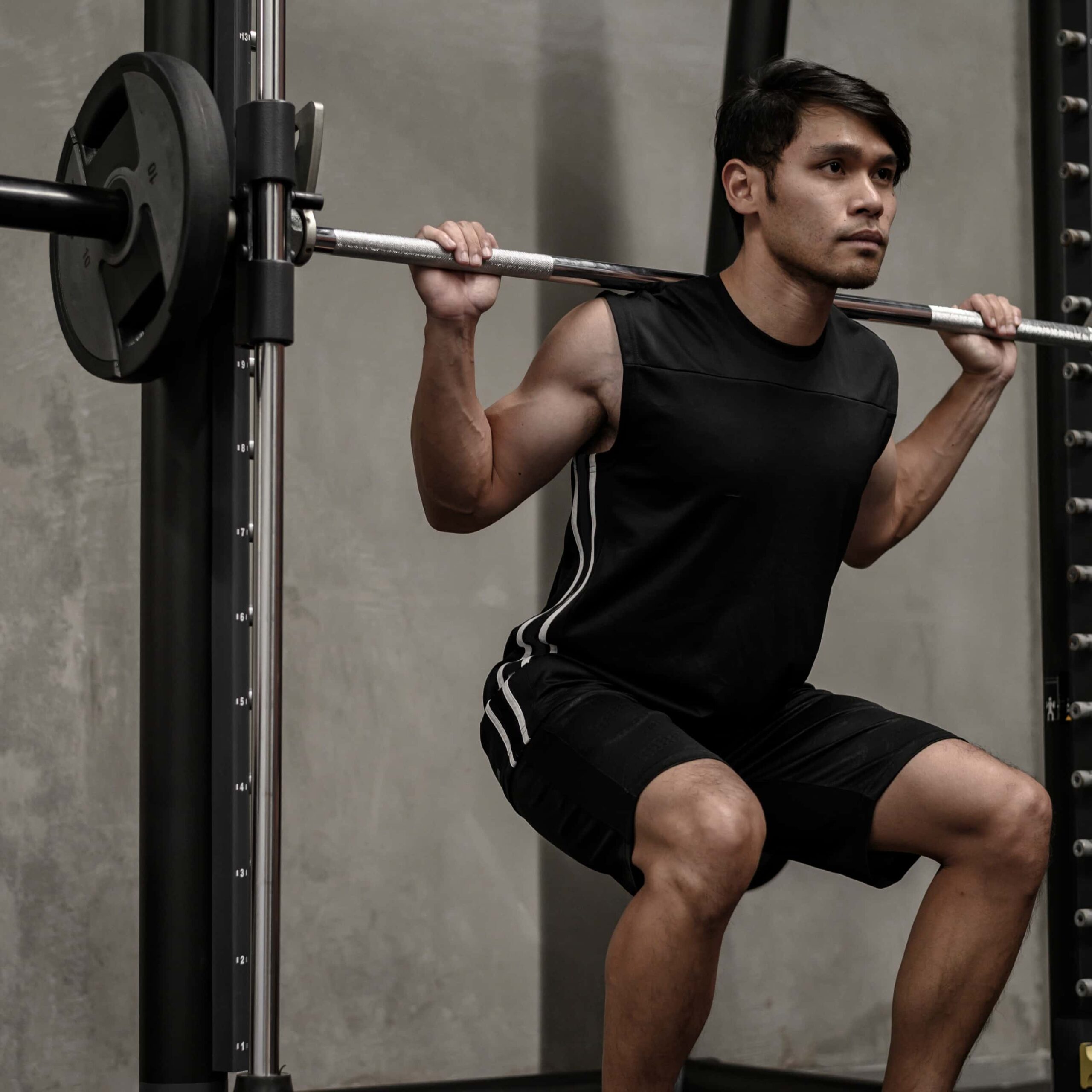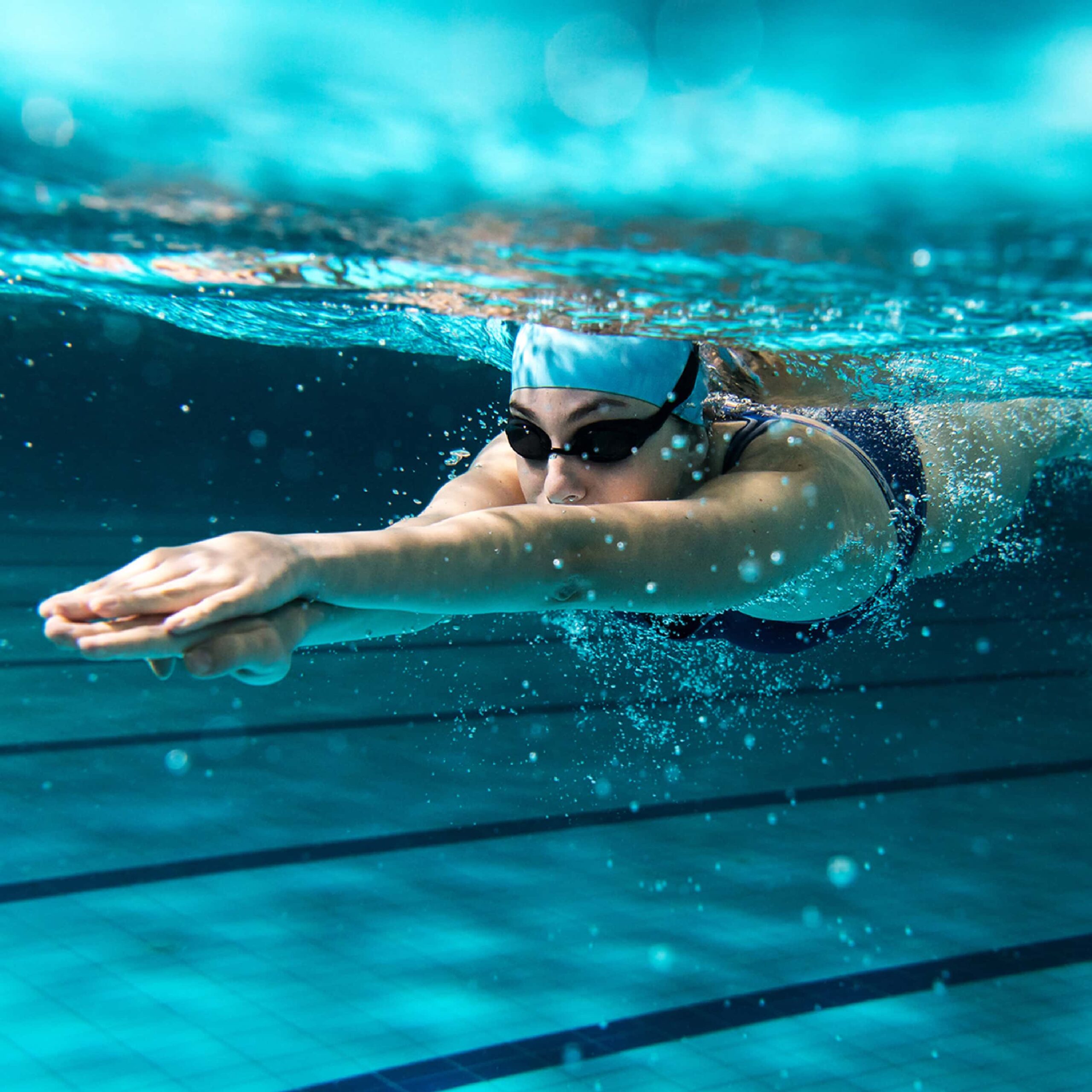The Afterburn Effect
6th Jun 19

Exercise is a very complex subject, no matter what it is that you’re looking at. Different things have different effects on the body, that’s a given, but one thing that you might not think about is how exercise is affecting your body outside of your training too. That’s where afterburn comes into play.
Your metabolism is what is behind most of the big changes that occur in your body. Whether you’re building up muscle or burning fat, it’s down to your metabolism and how your body deals with the calories that you’re putting in. Generally speaking, too many calories will put on weight, and too few will lose weight. You can change by how much to a certain extent, like changing your resting energy expenditure, but there’s a more immediate effect that exercise has too and it can be a huge help.
Want to move fast? Jump to the right section below.
What Is Afterburn?
The afterburn effect is a phenomenon that accounts for calories that you burn after you exercise intensely. Methods like HIIT cardio training are the biggest burners. When you finish a workout, your body has to bring your heart rate and oxygen levels back to their resting rate, and this means that getting there takes extra calories that you have to burn. (Hence the name)
Why Is That Good?
Well, rationally speaking, if you’re burning calories outside of your exercise, then that’s just a win-win situation for most people. You’ll lose more weight if that’s your goal or be able to eat more to replace the calories and hit your target. Either way, most people are happy with it. You literally burn calories doing nothing extra, and it can make a big difference over time.
How Long Does Afterburn Last?
Afterburn tends to depend on how intensive your workout was to determine how long it will last. Typically, form a generic viewpoint, it’s around 2 hours. That’s still up to 100kcal burned on top of your workout though. The extra benefit without the extra effort just makes things very helpful if you train enough times in a week.
How Do You Get It?

So, as we mentioned above, the best way to get afterburn is by exercising in a high intensity, but it can happen pretty much across the board. Weight training, although better for adding more calorie-burning muscle mass than as a calorie burning exercise, is another way that you can manage to build up this afterburn effect. Running is also famous for it because of the amount of energy that you’re using throughout it. It should happen regardless of how your train though if you work hard enough.
With all of this being said, it’s very hard to measure afterburn accurately. It tends to be more significant for HIIT workouts and newcomers to exercise, so count it as a bonus more than a dead cert if you can help it. It’s not enough on its own to be responsible for much weight loss, but it can be a big helper with minimal effort, so enjoy it as and when you can.

Before beginning any exercise or nutrition program, consult your physician, doctor or other professional. This is especially important for individuals over the age of 35 or persons with pre-existing health problems. Exercise.co.uk assumes no responsibility for personal injury or property damage sustained using our advice.
If you experience dizziness, nausea, chest pain, or any other abnormal symptoms, stop the workout at once and consult a physician or doctor immediately.









